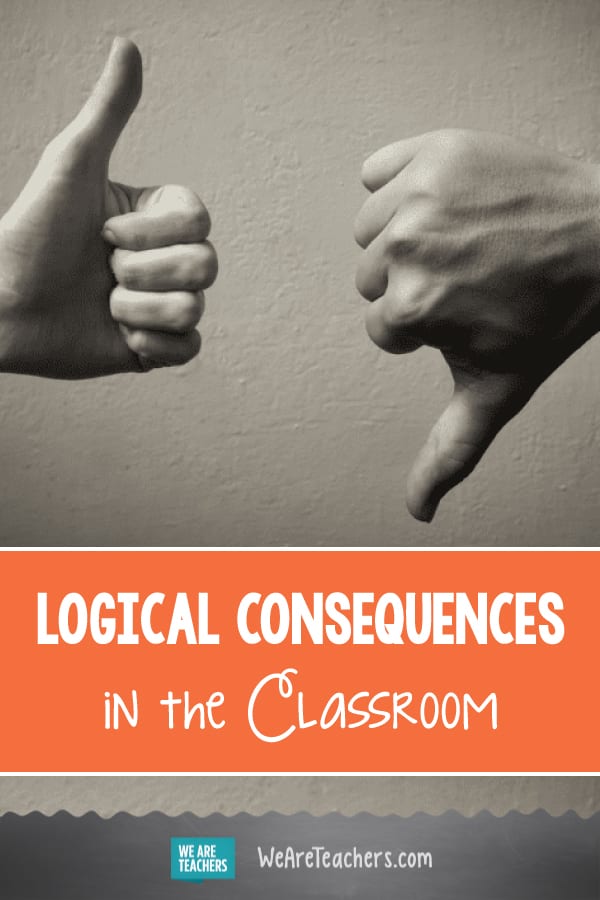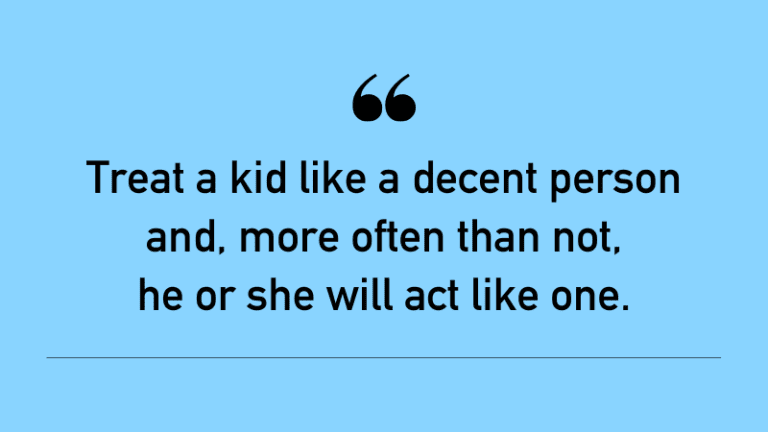Picture this. The second grade is busy working on their rain forest projects, cutting out pictures of animals from magazines. Suddenly there’s an argument over materials, and Amy rips Maddie’s project in half. As a teacher, what would you do?
Some teachers might take away recess or send the errant Amy to the front office. Meanwhile, Amy’s thinking: “Maddie wouldn’t share the magazines, and now I’m the one in the trouble. It’s not fair!”
One of the best ways to teach our students to accept responsibility is to use logical consequences.
Logical consequences teach students the hows and whys of good decisions, rather than making them sorry for making a bad choice. A logical consequence for Amy would be to take a few minutes to regain control and then to apologize to her classmate. Amy should also help repair the damage she caused by, for example, helping Maddie re-create her page. Her teacher might also have Amy write or talk about some strategies to avoid incidents like this from happening in the future.
[contextly_auto_sidebar]
Why do logical consequences work so well?
When the consequence is related, reasonable, and delivered respectfully, the child is able to make the connection with their own behavior and is less likely to resist or deny responsibility. The goal of logical consequences is to help children develop internal understanding, self-control, and a desire to follow the rules. Makes sense, doesn’t it? The challenge for a teacher who is new to using logical consequences, however, is how to have the right responses at the ready.
So here are three types of consequences to keep in mind that will help you respond to the misbehavior and mishaps of the classroom on the fly, so to speak:
Time-Out
Time-out is not a punishment. You are not banishing the child for misbehavior. Instead, you are asking them to take a few minutes to regain self-control and to think over what just occurred.
You Break It, You Fix It
Use this type of logical consequence when you see an opportunity for a student to solve a problem they caused. When something has been broken, feelings have been hurt, or a mess has been made—whether accidentally or intentionally—the consequence is that the one responsible for the problem takes responsibility for fixing it.
Loss of Privilege
Use this type of logical consequence when a child does not follow expectations. When the jump ropes are used as lassoes, or the paint is on the walls instead of the paper, the consequence is that the privilege of using those materials is lost for a brief time, usually a day or two. What’s taken away must be directly related to the misbehavior. Use this type of logical consequence when children defy, test, or simply forget the rules.
Every one of our students will sometimes make mistakes or do the wrong thing at the wrong time. The core message you send by using logical consequences is that you believe that all your students are learners and mistakes are just another thing we all can learn from.
We’d love to hear—how do you use logical consequences in the classroom? Come and share in our WeAreTeachers HELPLINE group on Facebook.
Plus, the secret to classroom management, no matter where you teach.


